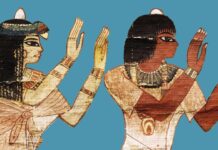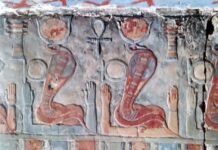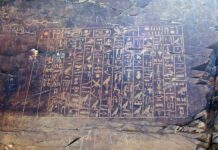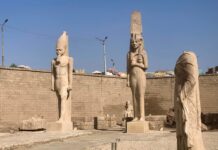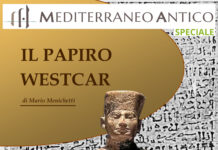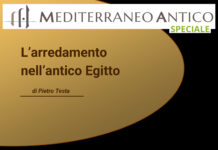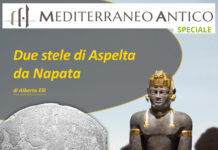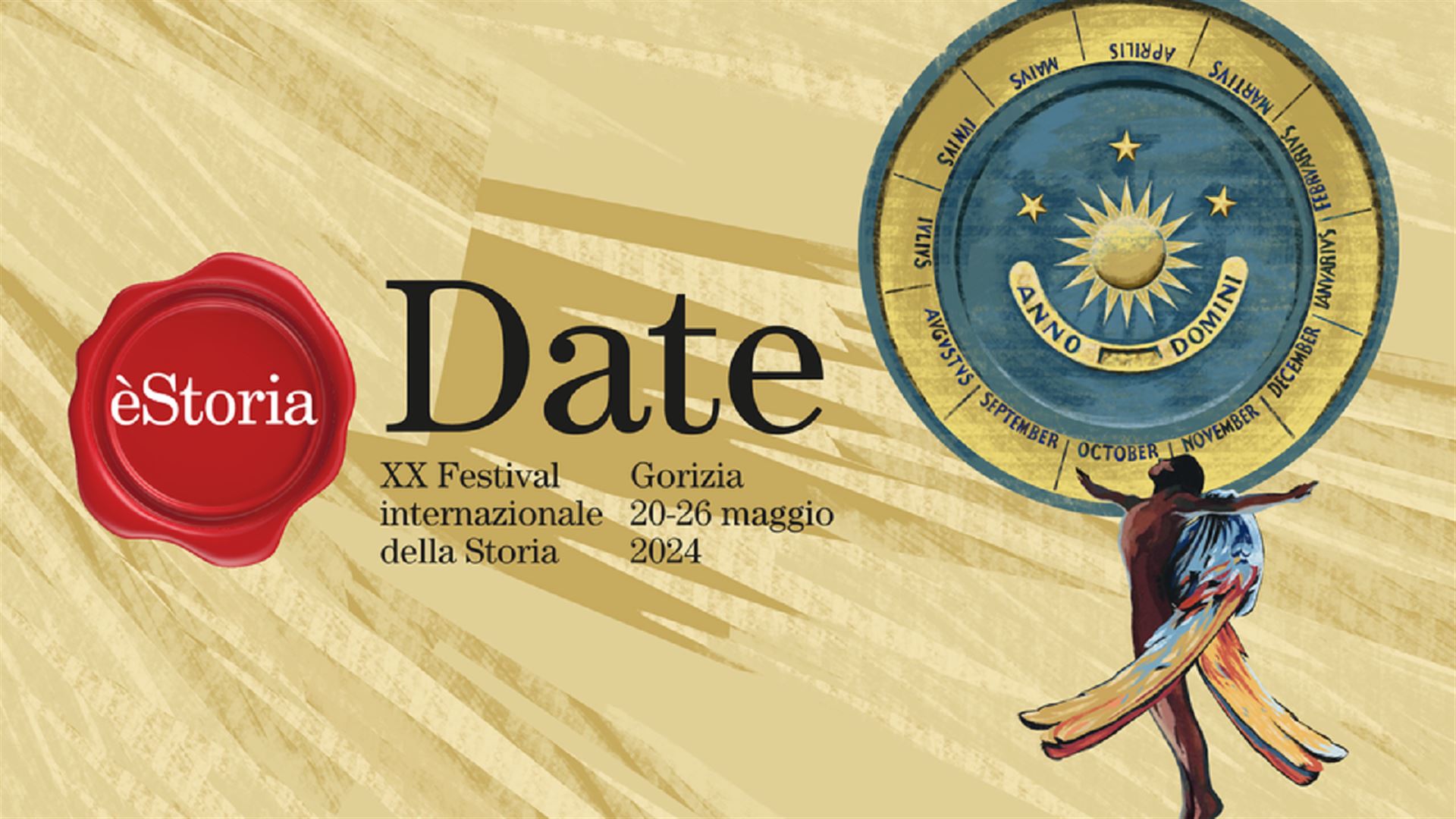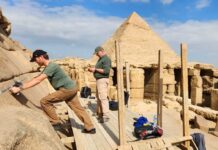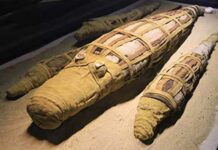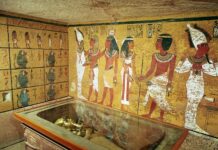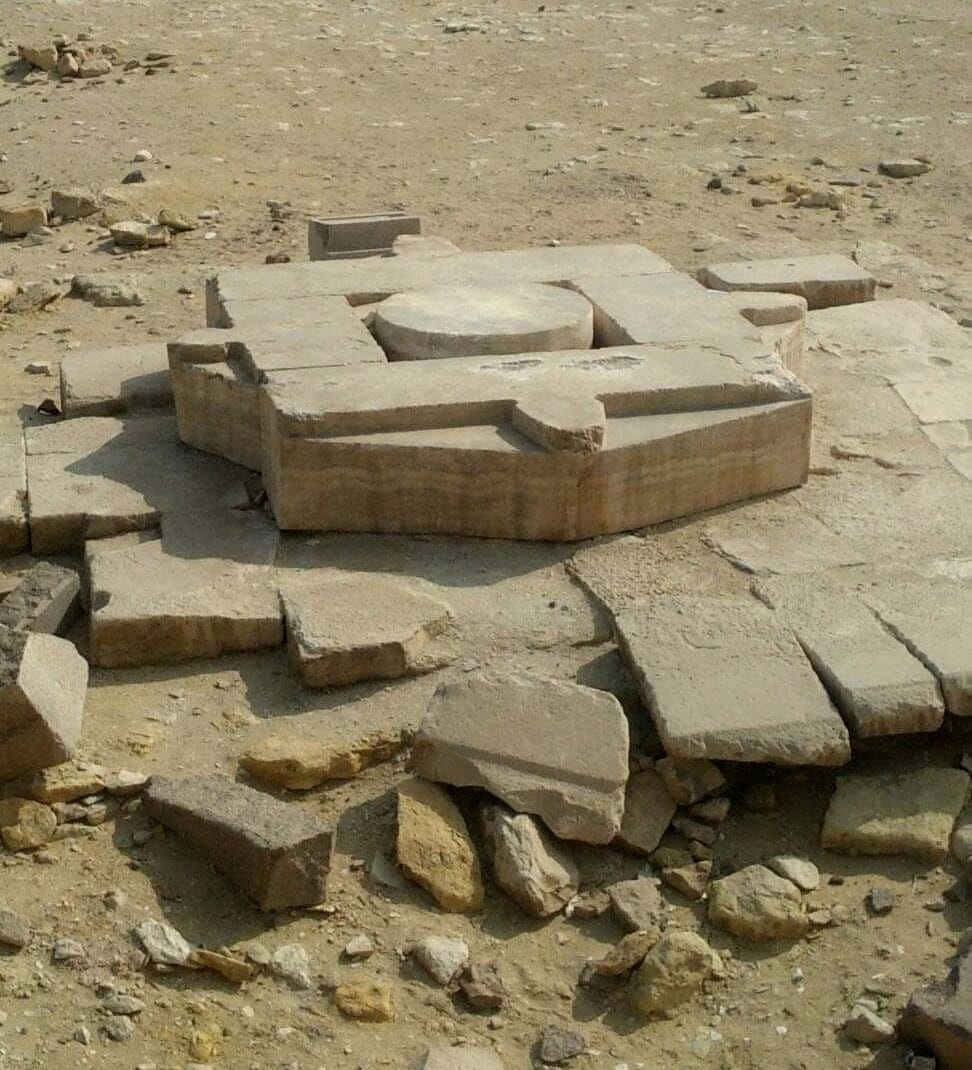Laddove il fiume Isonzo irrompe in quell’ampia pianura protetta dai rilievi del Collio, dall’altopiano di Tarnova e del Carso, sorge la città di Gorizia.
Un territorio caratterizzato da un’avvincente storia, che possiamo qui raccontare solo per sommi capi e ampi salti cronologici. Dagli insediamenti palafitticoli del neolitico ritrovati nella zona del Preval all’innesto della cultura dei castellieri già nella tarda Età del bronzo, cedendo – dopo più di un millennio (XV sec. a.C. – III sec. a.C.) – all’espansione romana.
E poi i Longobardi e l’immigrazione di popolazioni slave, la peste di Giustiniano (541-542 d.C.) che ha falciato gli abitanti del Tirreno settentrionale, i Franchi e i re e imperatori germanici, il Ducato di Baviera e quello di Carinzia.
E arriviamo al 1001 e a Ottone III di Sassonia, con un atto di donazione del castello di Salcano al patriarca di Aquileia e al conte del Friuli, dove il nome di Gorizia appare per la prima volta.
Seguono secoli in cui la pianura isontina vive le vicende del territorio italico e più in generale europeo, con confini fluidi e cangianti, le lingue e i dialetti che si alternano e si integrano, le immigrazioni.
La tormentata parentesi napoleonica che termina nel 1813 e le fasi complesse e articolate che porteranno alla Grande Guerra, senza dimenticare che alla fine dell’Ottocento Gorizia diventa meta della nobiltà mitteleuropea e buen retiro per agiati funzionari imperiali e nobili di varia origine, entrando a pieno titolo in quel periodo di grande sconvolgimento culturale, scientifico ed economico Che fu la Belle Époque, meritandosi l’appellativo di Nizza austriaca.
Ed infine la devastazione delle due Guerre Mondiali e il canto a lei dedicato per la battaglia di Gorizia, dove 30 mila uomini persero la vita:
“O Gorizia tu sei maledetta per ogni cuore che chiede coscienza, dolorosa ci fu la partenza e il ritorno per molti non fu”.
È in questa città dalle tante storie che da vent’anni si organizza “èStoria”, il Festival Internazionale della Storia di Gorizia a cura dell’omonima associazione, con l’intenzione di raccontare “…insieme ad esperti e studiosi di tutto il mondo, la complessità del passato del presente, affrontando temi quali i fascismi, le donne, la follia, le epidemie, le famiglie, le migrazioni”. Il direttore Adriano Ossola spiega che questa importante edizione del Festival “…sarà dedicata alle date, un tema trasversale che ci sembra ideale per riflettere, noi come Festival e tutti come comunità umana, sul percorso fatto fino a oggi e guardare al futuro con occhi nuovi”.
Dal 23 al 26 maggio l’intera città sarà attraversata e animata dagli eventi culturali introdotti per il Festival, che seguirà un andamento fortemente cronologico, abbracciando un arco temporale che si misura in milioni di anni: dal Big Bang passando per l’era dei dinosauri, l’evoluzione dell’uomo, l’anno Mille, il 1492, il 1798 e la Prima Guerra Mondiale.
Ma anche le date essenziali per il mondo asiatico e l’Africa contemporanea, fino ai recenti e drammatici fatti di Gaza.
In questo contesto di “tempo che scorre” sono inserite alcune date mitiche, come ad esempio il 1184 a.C. che segna la fine della guerra di Troia; la morte del padre della storia, Erodoto di Alicarnasso (425 a.C.) e altre ancora.
A noi interessa in modo particolare un evento legato all’antico Egitto e a uno dei più celebri e longevi sovrani, Ramesse II, che visse e regnò per gran parte del XIII sec. a.C.

Lo studioso di fama mondiale chiamato a raccontare i vari aspetti di questo straordinario sovrano è Toby Wilkinson. Il prof. Wilkinson si è formato presso le università di Cambridge e di Durham ricoprendo incarichi di grande prestigio. Dal 2021 ricopre il ruolo di vicerettore dell’Università Nazionale delle Isole Figi, nel Pacifico meridionale.
È inoltre autore di saggi di grande successo distribuiti anche in Italia, che costituiscono un importante contributo alla conoscenza della Civiltà Egizia.
Grazie all’impegno di Marilena D’Asdia, giornalista e membro dell’Ufficio Stampa del Festival, e alla disponibilità del prof. Wilkinson, abbiamo rivolto alcune domande all’egittologo proprio sulla figura di Ramesse II…e non solo!
Ricordiamo che l’intervento di Toby Wilkinson, che dialogherà con Antonella Testa, è previsto per il 24 maggio alle ore 9.30 presso il teatro comunale G. Verdi di Gorizia.
INTERVISTA
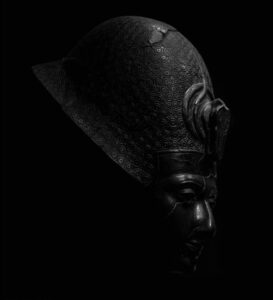
Q: How did Ramesses’ beliefs shape his relationship with the gods and the afterlife?
A: After the disruption of Akhenaten’s reforms, Ramesses continued the policy of his father and grandfather to restore order by re-establishing traditional religion. He lavished attention on the temples of Egypt’s historic deities and re-instated orthodox conceptions of the afterlife. But in one important aspect he built upon Akhenaten’s legacy: Ramesses promoted his own divinity during his lifetime and encouraged the worship of the living king.
Q: How did Ramesses navigate his relationship with his wives, with the women of his harem, and with his children?
A: Ramesses certainly seems to have enjoyed the company of women. The attention he lavished on his chief wives, especially Nefertari, suggests that he felt genuine affection for them. He also gave unusual prominence to his children, depicting his many sons and daughters on royal monuments. This suggests that Ramesses was a family man, proud of his role as paterfamilias.
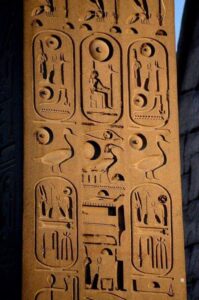
Q: Ramesses makes a long-lasting peace treaty with the Hittites. He shows greater diplomatic prowess than his martial skills. What are your thoughts on this aspect of his rule?
A: At the start of his reign, Ramesses clearly felt a sense of duty to continue his father’s military campaigns and prove himself a true pharaoh. But he seems to have been more naturally suited to the arts of peace than the arts of war. Above all, he was a pragmatist: having concluded that he could never defeat the Hittites in battle, he realised that peace would bring economic and political advantages that would benefit his reign.
Q: What drove his relentless building campaigns?
A: Ramesses was driven by a determination to make his mark on history. He wanted to out-build every other pharaoh, and to leave a physical legacy that could never be erased. This may have been motivated partly by a strong sense of dynastic destiny, but also reflects his megalomania.
Q: Analysis of Ramesses’ mummy in France revealed intriguing physical characteristics. Did these features impact his reign and legacy?
A: Two of Ramesses’ physical characteristics would have marked him out as unusual in ancient Egypt: his height and his red hair. Both would have made him stand out in a crowd, and may have contributed to his super-human, god-like status. His red hair, which seems to have been a family trait, would have associated him with the god Seth, and this helps to account for the prominence of Seth in Ramesside religion and culture.
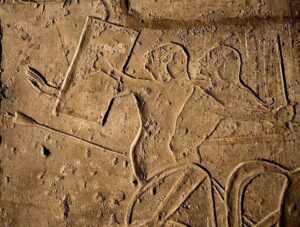
Q: Ramesses’ charm is still alive and attractive today. How do you account for the enduring fascination surrounding a mummy over 3,300 years old?
A: Ramesses created his own myth. He wanted to be seen as ‘king of kings’, the greatest pharaoh of all time, and he succeeded in securing his reputation, both during his lifetime and after his death. We are fascinated by him because he epitomises absolute power, and power is the ultimate aphrodisiac.
Q: Going beyond the clichés and the history, what are Ramesses’ personality traits? What is it possible to understand about Ramesses the man by going beyond his actions?
A: Our best glimpse of Ramesses’ personality can be found in the correspondence he exchanged with the king and queen of the Hittites following the establishment of diplomatic relations between the two countries. In his letters, Ramesses comes across as impatient and a little arrogant, but also thin-skinned and easily insulted. These are the personality traits shared by despots throughout history.
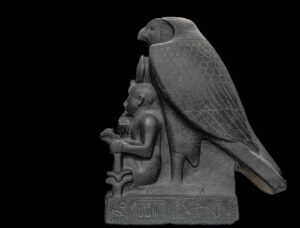
Q: What is your position regarding the repatriation of archaeological finds?
A: The father of Egyptology, Jean-François Champollion, surely gave the best answer when he declared, back in the early nineteenth century, that the best place for a work of ancient Egyptian art is the precise temple or tomb for which it was created. But I am also mindful of a leading Egyptian archaeologist who has pointed out that works of ancient Egyptian art held in Western museums act as powerful ambassadors for Egypt and its remarkable civilisation.
